

— Blogs —
—Products—
 Consumer hotline +8618073152920
Consumer hotline +8618073152920 WhatsApp:+8615367865107
Address:Room 102, District D, Houhu Industrial Park, Yuelu District, Changsha City, Hunan Province, China
Product knowledge
Time:2025-10-21 16:05:59 Popularity:412
Weather monitoring refers to the continuous observation and recording of atmospheric and environmental parameters to understand current environmental conditions, predict weather changes, and support decision-making.
Modern weather monitoring extends beyond weather forecasting and is widely applied in agricultural management, industrial production, scientific research, and renewable energy assessments.
Leveraging Internet of Things (IoT) technology, the integration of sensors and data loggers enables automatic data collection, storage, and analysis, significantly improving monitoring efficiency and decision accuracy.
Farmers use real-time weather data to schedule irrigation, prevent crop frost damage or pests, and improve yield and quality.
Wind and solar power generation rely on weather data to assess resources, optimize operations, and develop maintenance strategies.
Wind speed and temperature/humidity monitoring ensure safety in high-rise building construction, material storage, and equipment operation.
Long-term data helps scientists analyze climate change, study ecosystem trends, and build predictive models.
Ports, airports, and shipping depend on precise weather data to ensure safety and efficiency.
Certain factories monitor environmental conditions to maintain production precision and equipment safety.
Weather monitoring systems typically consist of various sensors, each responsible for specific data collection:
- Temperature Sensors: Measure air or soil temperature for weather prediction, greenhouse regulation, and irrigation strategies.
- Humidity Sensors: Monitor air humidity to support irrigation and mold prevention.
- Rain Gauges: Record precipitation to guide water resource management.
- Wind Speed and Direction Sensors (Anemometers/Vane): Used for agricultural spraying, wind energy assessment, and construction safety.
- Barometric Pressure Sensors: Assist in weather forecasting and extreme weather alerts.
- Light/Solar Radiation Sensors: Measure light intensity for crop agriculture and solar optimization.
- Soil Temperature and Humidity Sensors: Monitor crop root zone environments for precision irrigation and fertilization.
Each sensor generates analog or digital signals, which require reliable recording, storage, and analysis—data loggers play a key role in this process.
A data logger (Data Logger) is an electronic device used to collect, store, and transmit sensor data.
In weather monitoring, it serves as the core hub of the entire system, recording various environmental data at preset time intervals.
- Multi-channel sensor inputs
- Large-capacity storage for long-term monitoring
- Wireless communication (4G, Wi-Fi)
- Battery or solar power supply for remote deployment
- Cloud platform integration for real-time data access
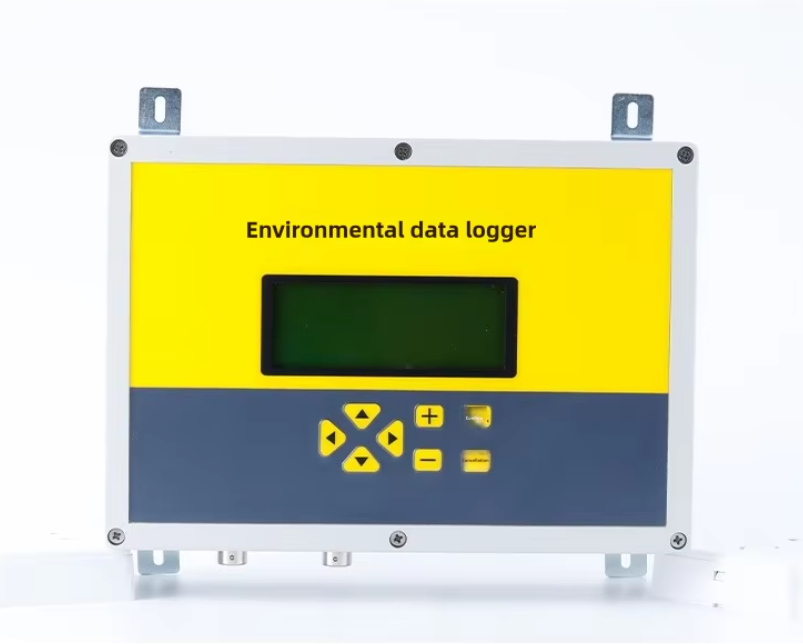
- Continuous Data Collection: Records data from each sensor at set intervals, forming complete time series.
- Data Storage: Stores data locally or in the cloud for long-term preservation and analysis.
- Data Transmission: Transmits data via wireless or wired methods to web interfaces, mobile apps, or SCADA systems.
- Data Processing and Alerts: Calculates derived metrics (e.g., evapotranspiration) and triggers alarms when thresholds are exceeded.
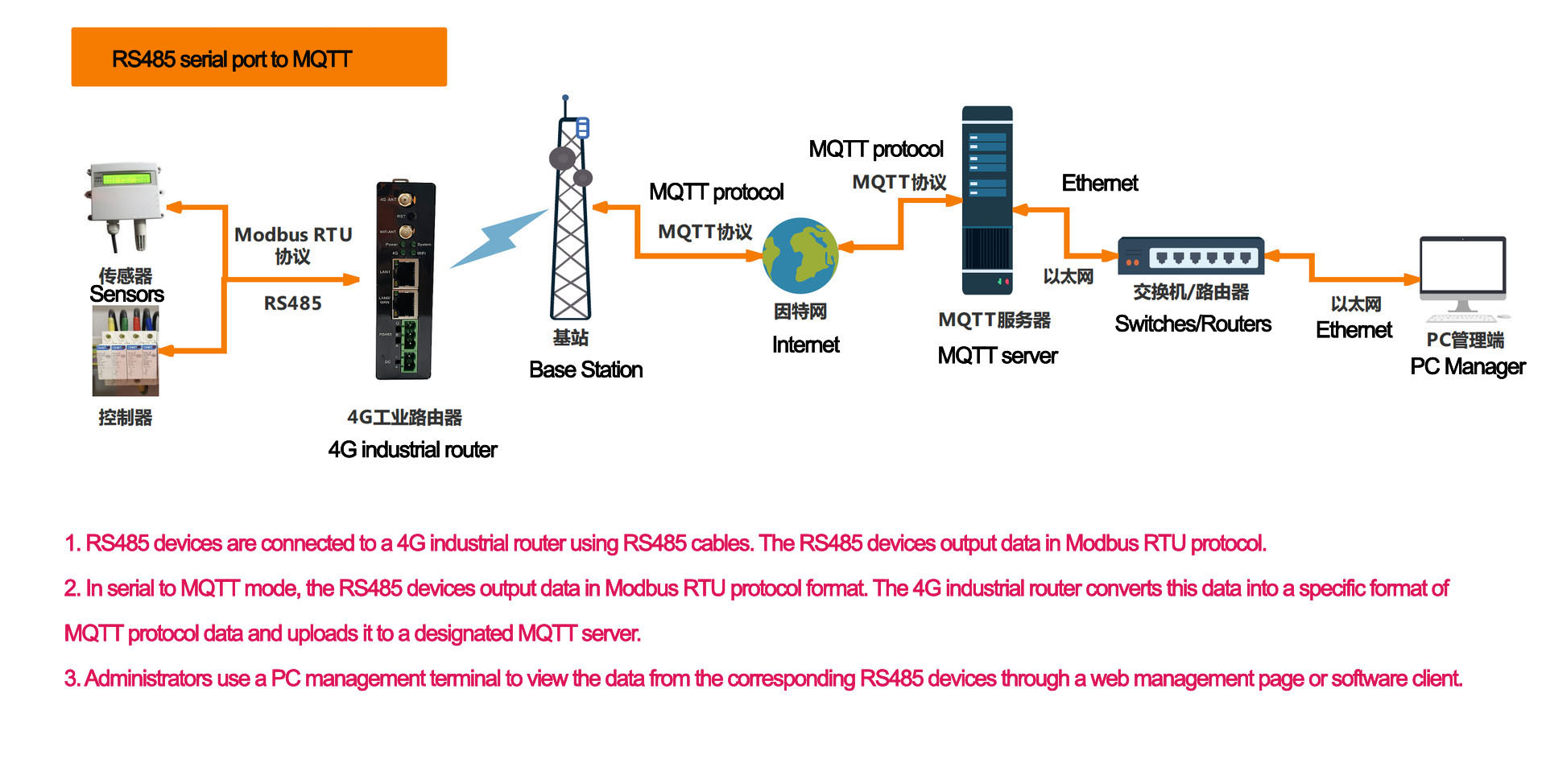
- Signal Acquisition: Receives sensor output signals; analog signals are converted to digital data via ADC.
- Timestamp Recording: Attaches precise timestamps to each data point, forming continuous records.
- Data Storage: Stores in memory, SD cards, or the cloud to ensure data integrity.
- Data Transmission: Supports 4G, Wi-Fi, or RS485/Modbus protocols for remote access.
- Data Analysis: Provides charts, reports, and export functions to support decision-making.
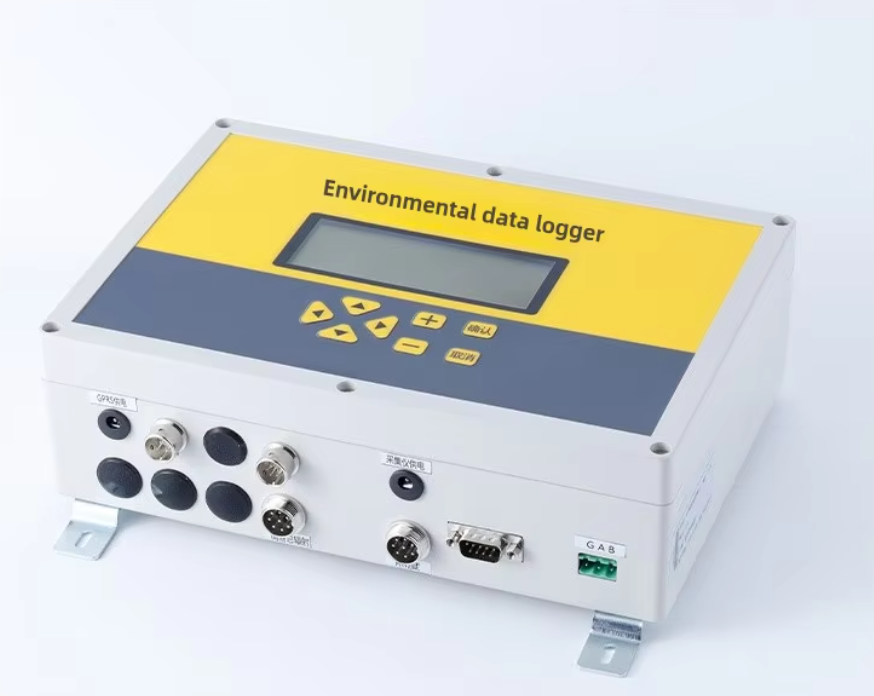
- High Precision and Reliability: Stable data collection over long periods
- Remote Monitoring: Access monitoring results anytime, anywhere
- Automated Collection: Reduces human error
- Historical Data Analysis: Supports predictive models and decision optimization
- System Integration: Seamlessly connects with IoT and SCADA systems
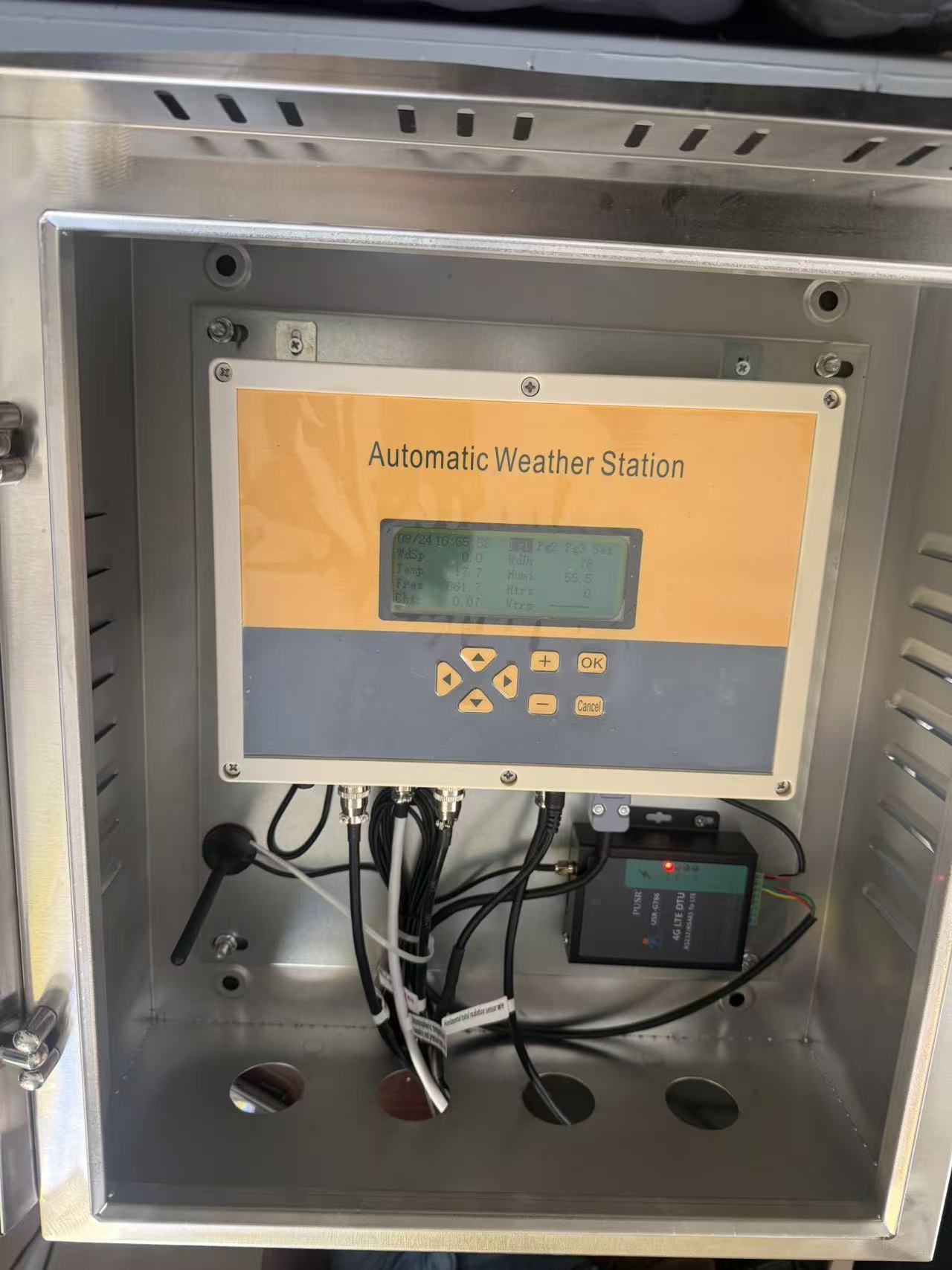
Professional models typically support 8~16 channels or more.
Yes, it supports solar power or long-life batteries.
Based on application needs, generally 1~60 minutes.
Yes, it can set thresholds and send alerts via SMS, email, or push notifications.
Modern data loggers provide RS485, Modbus, or API interfaces for easy integration.
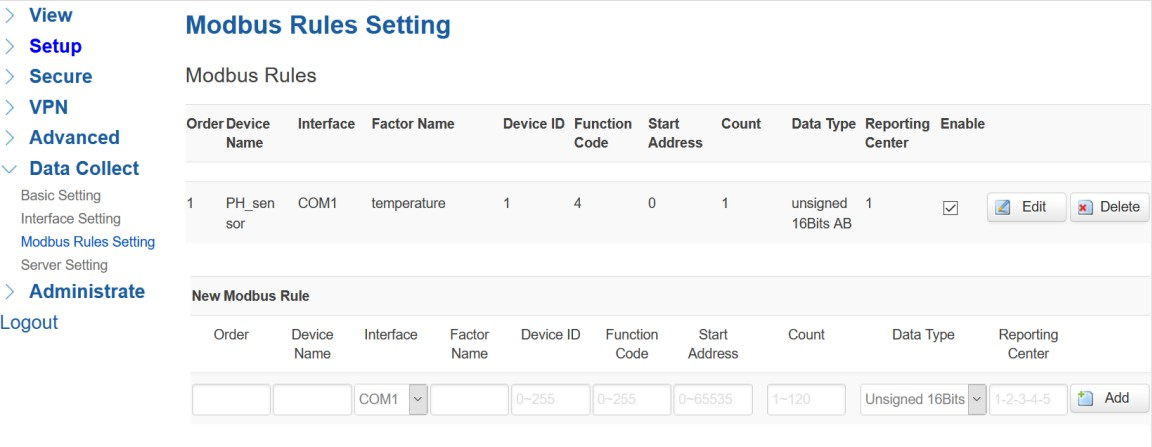
NiuBoL specializes in IoT solutions for agriculture and environmental monitoring, offering high-performance data loggers and weather sensors.
- Multi-sensor integration (temperature/humidity, rainfall, wind speed/direction, soil)
- 4G/Wi-Fi wireless transmission
- Long-term battery or solar power supply
- Cloud platform for real-time monitoring, data analysis, and report exports
- Professional technical support and customized services
NiuBoL — Precise data, intelligent decisions.
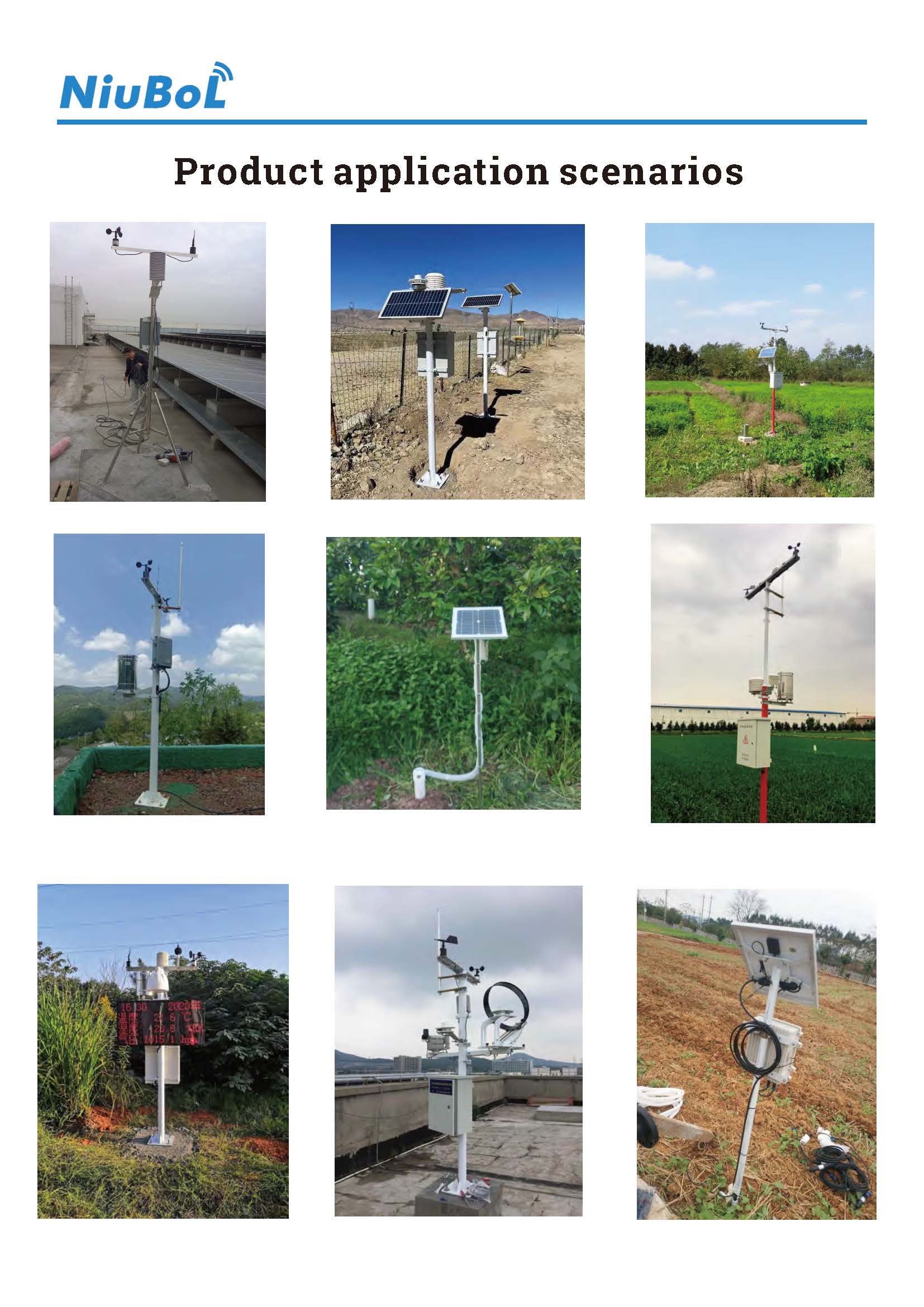
Data loggers are core equipment in modern weather monitoring systems, enabling agriculture, research, and industrial users to continuously collect, store, and analyze environmental data for scientific decision-making and risk management.
By using NiuBoL data loggers, users can obtain:
- Continuous and stable environmental data
- IoT system integration and remote monitoring capabilities
- Historical data analysis and predictive capabilities
Intelligent weather monitoring starts with reliable data logging.
Related recommendations
Sensors & Weather Stations Catalog
Agriculture Sensors and Weather Stations Catalog-NiuBoL.pdf
Weather Stations Catalog-NiuBoL.pdf
Related products
 Combined air temperature and relative humidity sensor
Combined air temperature and relative humidity sensor Soil Moisture Temperature sensor for irrigation
Soil Moisture Temperature sensor for irrigation Soil pH sensor RS485 soil Testing instrument soil ph meter for agriculture
Soil pH sensor RS485 soil Testing instrument soil ph meter for agriculture Wind Speed sensor Output Modbus/RS485/Analog/0-5V/4-20mA
Wind Speed sensor Output Modbus/RS485/Analog/0-5V/4-20mA Tipping bucket rain gauge for weather monitoring auto rainfall sensor RS485/Outdoor/stainless steel
Tipping bucket rain gauge for weather monitoring auto rainfall sensor RS485/Outdoor/stainless steel Pyranometer Solar Radiation Sensor 4-20mA/RS485
Pyranometer Solar Radiation Sensor 4-20mA/RS485
Screenshot, WhatsApp to identify the QR code
WhatsApp number:+8615367865107
(Click on WhatsApp to copy and add friends)
